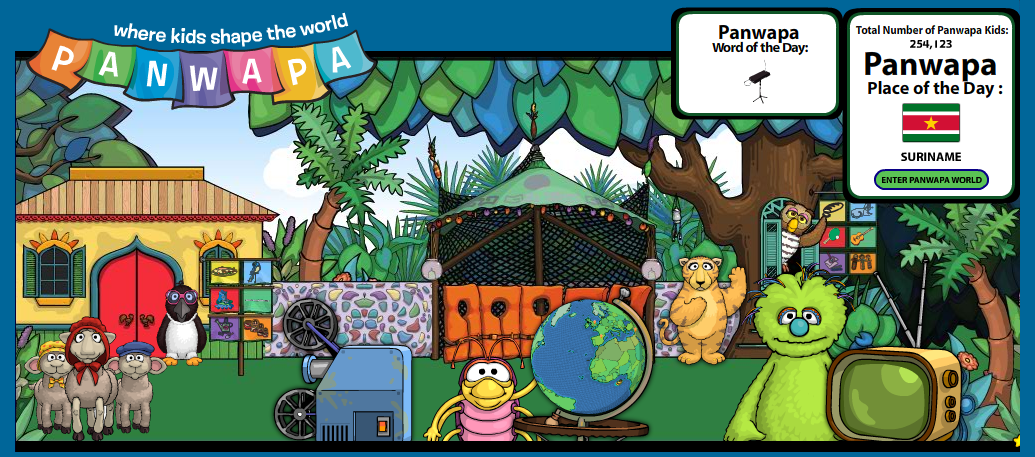
?a dark or sweet yeaR by 27147
Attribution-NonCommercial-NoDerivs License
It’s not in my normal way of doing things, to review the year and sum up all I’ve done professionally, in a public manner. Nor do I usually follow The Rules of blogging and prepare a standard “looking back” post at the end of the calendar year. I’ve never done it before and really was not going to do it this time.
But…
But…
But…
2009 was not an easy year for me — one of the most difficult on record, actually — and sometimes it is the pain that helps you realize just where you are and where you might be going. Pain can be a powerful motivator.
Not that I am really motivated by pain to write this — it’s more accurate to say that the pain has allowed me to see more clearly. And so I felt it appropriate to do some public reflection, as a way of documenting this small but significant moment of clarity. We’ll see how it goes…
I began 2009 hoping for a fresh start from a tumultuous end to 2008. While 2008 was not a terrible year, it ended with much uncertainty and emotion — I had resigned my position at UNIS, but not yet submitted applications to grad schools, and had no idea if I would get in. I knew big changes were ahead, and was scared to death about what they would be. On this blog, that fresh start to 2009 meant a post about my visit to Green School in Bali, Indonesia. That post came about as I finished up my time in Ubud at an incredible yoga and meditation retreat with two of my favorite teachers (read more about Twee and Rebecca if you are interested). It was a magical time, refreshing, energetic, full of learning and personal awakenings. And my visit to Green School woke me up also to some of the realities of the dream of providing an ideal school. I only wish I could return to Green School in January 2010 to see how far it’s come since my last visit. Alas, that will have to wait.
The early part of 2009 was full of more reflection for me on some areas vital in being a good teacher: assessment, understanding arguments, and the importance of communication. In my case, the latter was focused somewhat on communication via Twitter, the main point of access into my PLN for me. I participated in the Great Tweets challenge and found myself opening up to new conversations with new people about issues I really cared about.
During the next few months, many changes occurred: I was accepted into NYU and began planning for a massive move from Hanoi to New York; I attended EARCOS Teachers’ Conference in Borneo and began implementing some professional development changes at the school I was leaving; Jeff over at U Tech Tips graciously invited me to join the blogging team there.
I began thinking quite carefully about changes still to happen in education — the kinds of changes that I believe are long overdue. I was becoming a bit soured in this education game, most likely because I was looking ahead, knowing that I was leaving the teaching side of it for a while. For several months, I felt discouraged and wondered if I should just leave the teaching profession altogether, because dammit — this revolution was taking way too long.
I took a rather long hiatus over the summer — from June to September, in fact. I took one last big trip around Asia — a very memorable one. I visited Hoi An, Bali, and Thailand on my own, visiting friends along the way but spending a lot of time alone. I was fearful of the changes ahead of me, as I tried not to allow that fear to overcome me. I distinctly remember a conversation with Gaby in Bali about The Next Chapter. I listened intently as Gaby coached me over coffee about the importance of writing the words on the blank pages ahead. I knew she was right, but knowing it and being ready for it are two different things. The summer was difficult. Leaving Hanoi was painful. Being in “no man’s land” without a home for 2 months was also difficult. I was in transition, waiting for visa papers, one of my cats died, and I was in the process of moving my 3 bedroom house into a 250 sq foot apartment in Lower Manhattan.

i sprung forward way too fast by squacco
Attribution-NonCommercial-ShareAlike License
Once in NYC, I also was struggling with the changes that come with going from having had a rather decent salary for the past 11 years, to now having no income and watching my bank account dwindle. That, ladies and gentleman, was one of the most difficult challenges for me in 2009. Not to mention the complete lifestyle change that accompanies it — and being a student again, to boot. Suddenly I had all this time on my hands, most of it unstructured, and had to read, annotate, highlight, submit, write, align, research, diagram, create, and present things I had never done before. This semester kicked my butt a little bit — and perhaps it needed some kicking. I can say now, though, that I’m quite proud of the progress I’ve made in my first semester as an M.A. student, and I am eagerly awaiting the next semester’s challenges. In the past 4 months I have learned an incredible amount about designing for education, using technology. In fact, I will write a separate post about my learning in that domain because there is so much for me to process and debrief on before the next semester begins that I think it warrants something distinct, and should not simply be lumped in with everything else in this post.
But while we’re on the topic of learning, here are the top 10 things I learned in 2009, in no particular order. Note that I am keeping this on a professional / academic level; my personal lessons will appear elsewhere, likely on my Posterous blog.
- Keynote is one damn fine piece of presentation and creation software.
- It is possible to teach yourself an application in a short period of time, and be functional with it, if you are a quick and dedicated self-learner.
- Change within educational organizations is slow, and my experience has taught me that this is because admin, teachers, parents, and other stakeholders are often skeptical, sometimes uncomfortable, and occasionally lazy. Find ways for the skeptics to remain, for the uncomfortable to be comfortable, and for the lazy to leave, and you have a recipe for a potentially innovative environment.
- My students have been — and I hope they will continue to be — the best teachers. Ever. They are real, down-to-earth, and much better at communicating than many adults I know.
- Assessment and Evaluation at the tertiary level still has a very long way to go to becoming fair, accurate, transparent, and equitable. I realize it does in many secondary and primary educational institutions as well, but I was rather shocked at how archaic it still is at university level, particularly in the Faculty of Education at a prestigious private college!
- All the best intentions in the world still do not create the ideal school. So many factors are necessary to good school design. I’ve learned this from observation, experience, and my attempts to Be The Change. I’ve not completely given up — no way — but I do feel now after 11 years in 6 different schools (and having worked with many colleagues from countless other schools) much more confident in my understanding of all the ingredients necessary to Create The Change.
- Good design is crucial to any one “thing” ‘s success — from a Starbucks travel mug to a school district, from software to salary structures. Design is a concept I think I previously underestimated. I now feel like it is an important and often overlooked aspect of education at all levels and layers.
- Technology can be a catalyst, but not the reason, for change in education. The world is the reason.
- Education in the USA is a political monster. In fact, most things in the USA are political monsters, and my still-evolving belief is that politics are a major factor impeding growth in social and humanitarian causes in the USA. This is also something I greatly underestimated before living here — and my parents have lived in the USA for a long time, so I thought I understood the issues. My current point of view is that until Americans are ready to put politics aside, real and genuine progress in the areas of education, health, immigration, and many many other areas will never happen.
- One of the best ways a person can learn about him or herself is to travel. Yep, it’s true. I always suspected this, and therefore my lifestyle reflected it, but now, having not traveled so much recently, I can certainly say it’s changed how I learn. Visiting other cultures, learning other languages, dealing with things outside of one’s comfort zone is the best education one can have. I can confidently say that nothing else is so mind-opening. I would like to see K-12 education acknowledge and integrate this philosophy somehow in a widespread manner. Dreaming? Perhaps. Worthwhile? Absolutely.
- (OK, so there are more than 10!) I miss teaching. I really, truly miss it. So I guess I won’t be leaving it altogether, because I have really missed those interactions with young people on a daily basis. In many ways, I feel as though teaching is something I am meant to be doing — it almost feels like a calling.
And I think that’s all I need to say for now. Oh — but no. There is one more important thing as I wrap up this post and this year:
THANK YOU.
My growth has not been in isolation. So many of you in my PLN have contributed to my learning, and I am so lucky to have found you all. For this, I am full of gratitude. My cup runneth over.

